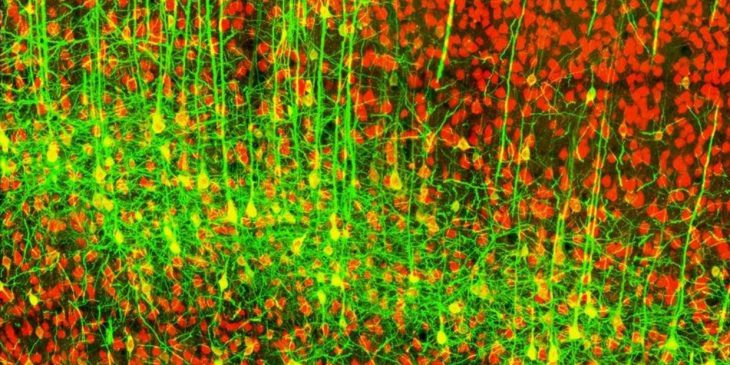A neuroscience-focused research resource at the University of Pittsburgh has received a five-year, $4.25 million award from the National Institutes of Health to continue its work worldwide. With the renewal of federal funding, the Center for Neuroanatomy with Neurotropic Viruses is now guaranteed to run for a full 20 years.
The center, established in 2004, provides the neuroscience community at Pitt and elsewhere with access to the highly specialized reagents, training and facilities that are necessary to trace circuits in the nervous system using viruses that jump from neuron to neuron.
With these tools, researchers can reveal the brain-body circuits at a macro level while retaining cellular detail, which provides fundamental new insights into the functional architecture of sensory, motor, cognitive and affective networks in the central nervous system.
For example, Pitt researchers led by center director Peter Strick, Ph.D., discovered the mind-body connection between the gut and the brain using this approach.
“We’ve developed a terrific tool for investigating neural networks in the brain, and we are sharing it with investigators all over the world,” said Strick, who is also the scientific director of the University of Pittsburgh Brain Institute and chair of Pitt’s neurobiology department in Pitt’s School of Medicine.
During its first 10 years, the center, which includes a Herpesvirus Core at Princeton University and a Rabies Virus Core at Thomas Jefferson University, provided resources to 226 investigators and 138 different institutions. Since 2014, its activity has nearly doubled: 211 investigators at 120 institutions – 86 domestic, 34 international – have used center resources, enabling at least 57 peer-reviewed publications.








